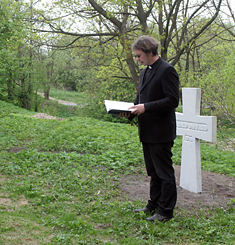 Plague was known as a severe infectious disease already in Egypt in the 3rd century B.C.
Plague was known as a severe infectious disease already in Egypt in the 3rd century B.C.
The bubonic plague that devastated Europe during the Middle Ages reached Italy in 1347 from Asia through Central Asia, Bagdad and Crimea. The next year the plague spread to France and England. By 1349 the plague had also reached Scandinavia and Russia. The plague was spread by rats and other rodents, or more precisely by the fleas they carried. The plague was also spread by contact with the infected people. There was no treatment, because the bacteria that caused the disease was only identified in 1894. The plague was considered an act of rage of God brought on because of the sins of people. In the Middle Ages, more than 1,000 recipes were developed to treat the disease, but none of them worked. People were advised to hang up dried toads, burn the clothes of people that had died of the plague, drink alcohol, use all kinds of ointments, including some containing quick silver, etc. Nothing helped – not prayers nor medicine, which undermined the authority of both doctors and clergymen.
The biggest plague epidemic in Estonia was in 1710, which had spread here from Riga (the current capital of Latvia). In the three counties of Northern Estonia, 70-80% of the population lost their lives. In the Maardu parish, which included the present day village of Rootsi-Kallavere, 83% of the population was lost to the plague. It is likely that the village of Rootsi-Kallavere was temporarily uninhabited. Later the village recovered and its population grew thanks to immigration as well as natural increase. Many villages have farms called Katku (“plague” in the Estonian language), which in one way or another is connected to people’s collective memory of the horrible disease.
So many lives were lost to the plague, that the survivors did not manage to bury them all immediately and according to custom. The dead were often piled on wagons and hauled together, and then buried in mass graves. In Jõelähtme parish there are at least three known burial grounds for victims of the plague: one near the church, one in the village of Kroodi and one in the village of Rootsi-Kallavere, near Kella farm.
In 2010, 300 hundred years after the plague, a memorial cross was erected on the site of the mass grave for plague victims on the land plot of Kella farm in what was formerly Rootsi-Kallavere.
